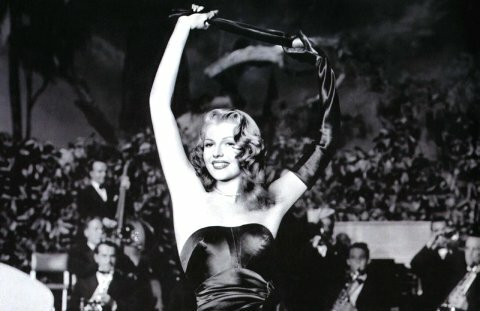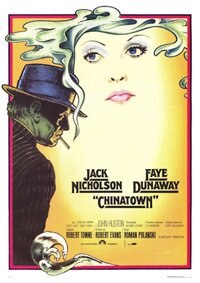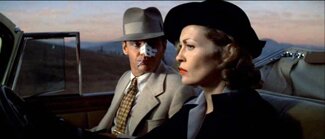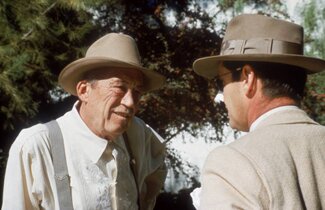
The 2011 version of the For the Love of Film blogathon has wrapped, this year with a focus on film noir. This post is slightly belated given that the last day was Monday.
This year, as last, it was carried out thanks to the efforts of Ferdy on Films and the Self-Styled Siren. Have a look at their blogs for their blogathon wrap-ups, oodles of links to wonderful posts on the subject of film noir from the Interent, and a thank you message from Eddie Muller, president of the Film Noir Foundation. It reads in part:
“Passion is sacred. Thanks to everyone for sharing their passion this past week. Let’s keep carrying the torch, not only for our favorite art form, but for all the things we cherish and refuse to relinquish.”
As for myself, in some ways I’ll be glad to move on to something other than noir while on the other hand I’m going to miss the enthusiasm the past week has been filled with. And maybe I won’t move on to another genre just yet because I’ve enjoyed this so much. I managed to scribble about seven film noirs movie during the blogathon:
- The Hot Spot (1990)
- Gilda (1946)
- Dark Passage (1947)
- Chinatown (1974)
- Anatomy of a Murder (1959)
- I Wake Up Screaming (1941)
- This Gun For Hire (1942)
Of those, in the interests of variety I posted about one I didn’t think was a particularly good movie (Dark Passage) and one that probably isn’t the first movie to pop into your head when the term noir is used (The Hot Spot).
But of them all the one I found myself thoroughly caught up with as far as thinking about it, Gilda is the easy winner. For two days after having watched it yet again (I’ve seen it many times over the years), I kept musing about it. Despite having seen it many times, it was the first time I had thought of it as a portrait of an abusive relationship, which is really what the movie is.
Anyway … though the blogathon is over, I’m pretty sure you can still . So please do so. You can use the link in the right hand column.
Now it’s time to backtrack and catch up on all the posts others have written on the subject of film noir that I have yet to get to!





